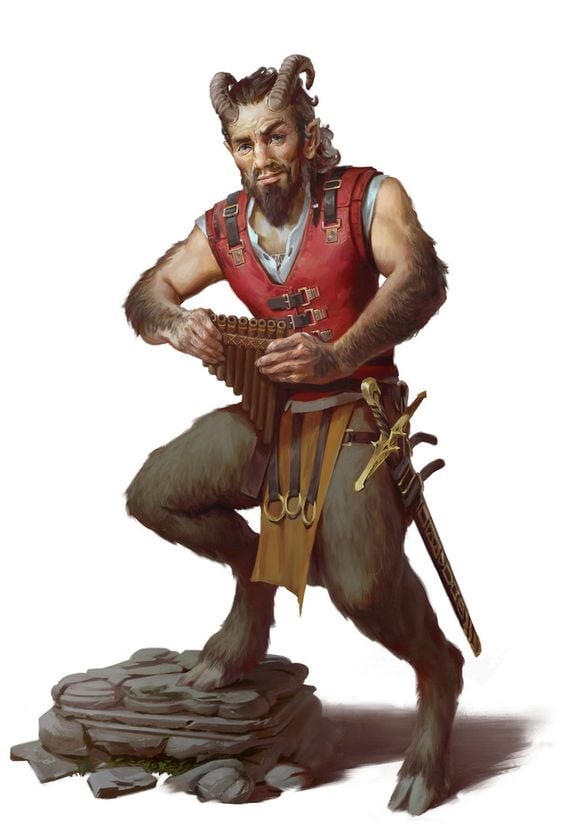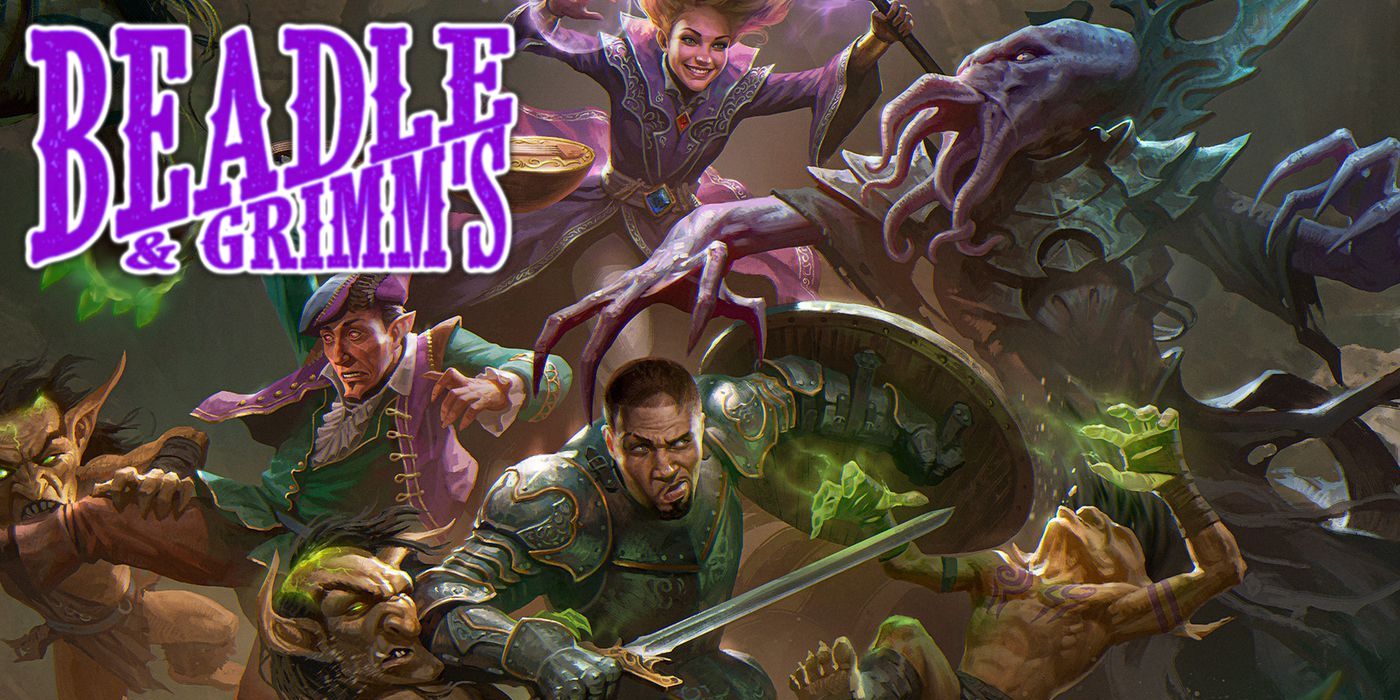D&D Race Guide: How to Play a Satyr

These musical half-man half-goats from Greek Mythology are playable in D&D. Bring a little extra party to your party by playing a Satyr.
Coming right from popular Green mythology, Satyrs are nature spirits with human top-halves and horse or goat bottom-halves. They’re known for revelry, parties, and maybe a little too much interest in women. And this fey creature has been playable as your next D&D character since Mythic Odysseys of Theros came out in 2020.
Satyrs have a well-earned reputation for their good spirits, gregarious personalities, and love of revels. Most satyrs are driven by two simple desires; to see the world and to sample its every pleasure. While their spontaneity and whimsy sometimes put them at odds with more stoic peoples, satyrs rarely let the moodiness of others hinder their own happiness.
Advertisement
Satyr Traits
Satyrs are known for their charisma and good times. So it’s no surprise that their Charisma score has a natural +2. In addition, they have a +1 increase to Dexterity. In general, they have a good alignment, but this is also a player-race known for their free spirits and devious streaks. It wouldn’t be terribly common to have an evil Satyr in D&D, but a mischievous or chaotic character would be pretty on the money. Also, they have a slightly faster base speed than humans at 35 ft, and are Fey creatures as opposed to humanoid as some may assume.
Magic Resistance gives a Satyr advantage on saving throws against spells and magic effects. And Ram allows them to make an unarmed strike with their heads and horns equal to 1d4 + Strength. Mirthful Leaps make your character’s leaps and jumps extra effective. Players can roll a d8 and add that number to the number of feet they cover, even when jumping from a standstill. Finally, Reveler gives Satyr characters proficiency in Performance and Persuasion skills and one musical instrument of their choice.
Best Classes
Between their musical abilities and naturally high charisma, Bard is the most obvious choice for a Satyr. If you’d like to go in a more magical direction though, Sorcerer would also take advantage of that Charisma score nicely while letting you use that extra speed and high-jump to stay away from physical damage.
For a not-magic-at-all character, Barbarian or Fighter would help you quickly close the gaps between your character and their next sparing partner, while giving them some much-needed magical resistance.
Rogue is another solid pick, utilizing the persuasion and perception as well as the Charisma needed for getting information out of people and natural Dexterity for sneaking around.
Tips & Tricks
As always when a player race comes right out of real-world mythology, brushing up on that mythology is always a good idea. Sure, the D&D source material will have some helpful hints. And while you’re there, don’t forget to check the monster manual. But having the game’s inspiration in mind may give you as the player a little more inspiration.
Have you played a Satyr character before? Has there been in any of your parties? How well do you know the Satyrs of Green mythology? Let us know in the comments!
Happy adventuring!






